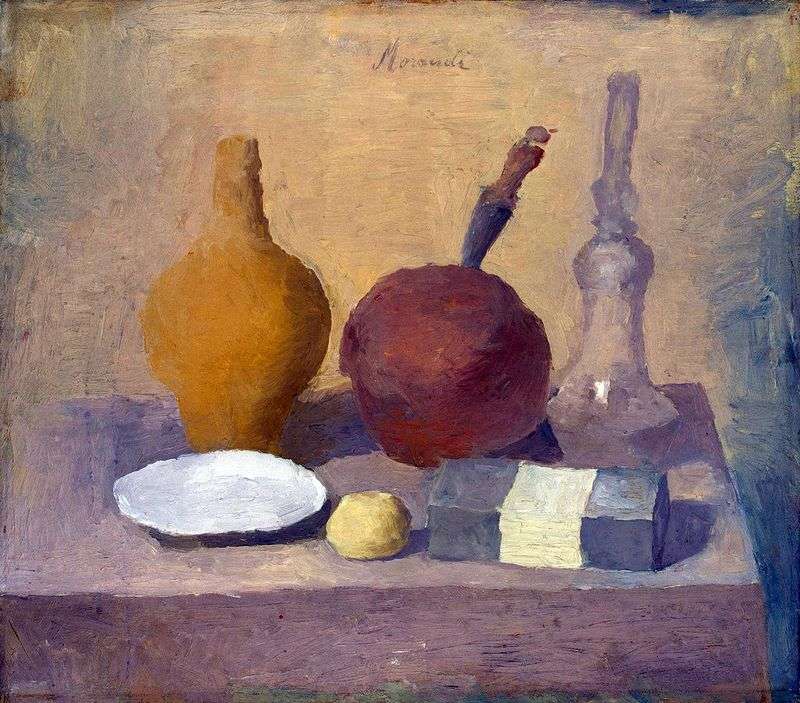
Italian abstract artist Giorgio Morandi was born, lived and died in Bologna. At the Bologna Academy, he studied and then taught. Morandi almost never left his native city, leaving only in its vicinity, which he loved and often reproduced in his canvases. He began to exhibit in 1911, but for a long time only close friends – Bologna painters – remained connoisseurs of his art. World fame came to the artist after exhibitions in Venice and in San Paolo.
In the history of art of the first half of our century, the name Morandi stands apart. It can not be attributed to any of the many currents of modern art, although he went through the fascination with the so-called “metaphysical painting.” But this period, falling from 1918-1920, was very brief in his creative biography. The artist was constantly fascinated by the tranquil harmony of the works of Giotto and the early Quattrocento, admired the coloring of Vermeer Delft and Italian works of Corot, and was interested in the composition of Cezanne.
Giorgio Morandi led a lonely and secluded life, his art was just as intimate and intimate. He was not worried about complex problems and events of modern reality, he excluded man from the circle of creative interests, limiting his world to a small number of constant attachments: these are landscapes of the Bologna environs and still lifes made up of several simple objects. The artist has comprehended the beauty of everyday things, which is why he was often called the modern Chardin. He made things his intimate companions. Using monotonous motifs, he never repeated in their pictorial incarnation, infinitely varying colors, light and shade decision. Morandi was not only a great painter, but also an excellent engraver – numerous etchings show the subtlety of his virtuosity.
Works of the master are mainly in private collections. There are very few of them in museums. In the Hermitage there are two still lifes of the artist, one of which belongs to the “metaphysical” period, the second, made in the 1920s, vividly characterizes the peculiar pictorial style of Morandi. The picture stored in the Hermitage dates back to the time when the artist abandoned the recently beloved “metaphysical painting”, which he had been following since 1917. Having developed a unique style, restrained and stern, he seemed to let the public feel his estrangement from objective reality. Still life, composed of vessels and fruits, resolved in yellowish-pink and bluish-gray tones. Objects have no distinct contours, their outlines melt in the surrounding air. Everything is built on the finest nuances – the nuances of sensations, shapes, colors, light and shade.
The picture entered the Hermitage in 1948 from the State Museum of New Western Art in Moscow.
 Nature morte – Giorgio Morandi
Nature morte – Giorgio Morandi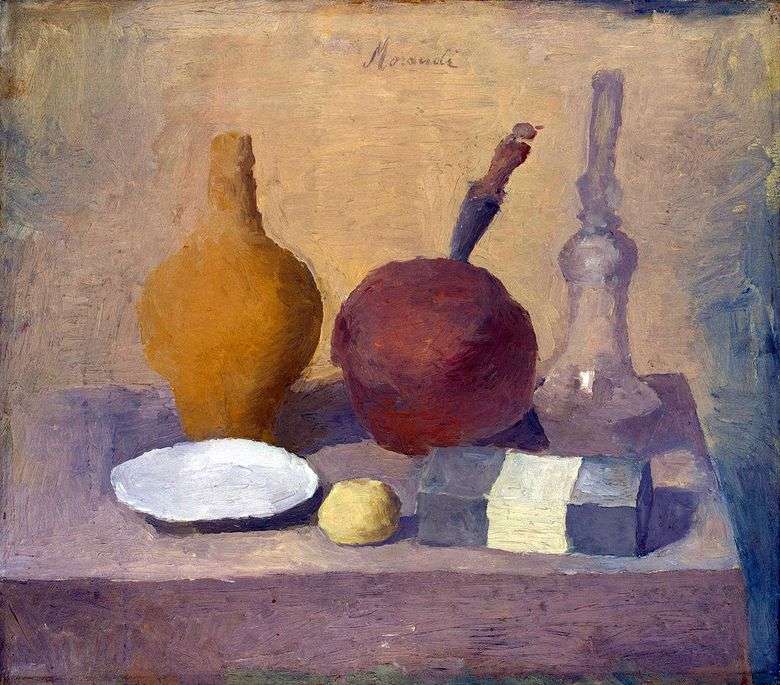 Naturaleza muerta – Giorgio Morandi
Naturaleza muerta – Giorgio Morandi The Prodigal Son by Giorgio de Chirico
The Prodigal Son by Giorgio de Chirico Metaphysical interior by Giorgio de Chirico
Metaphysical interior by Giorgio de Chirico Daughter of Lot by Carlo Carra
Daughter of Lot by Carlo Carra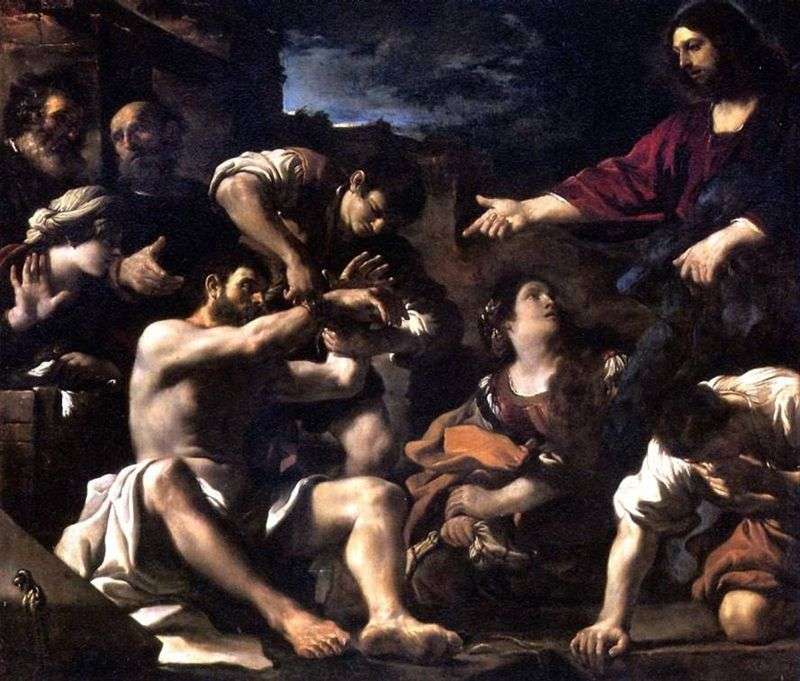 Resurrection of Lazarus by Guercino
Resurrection of Lazarus by Guercino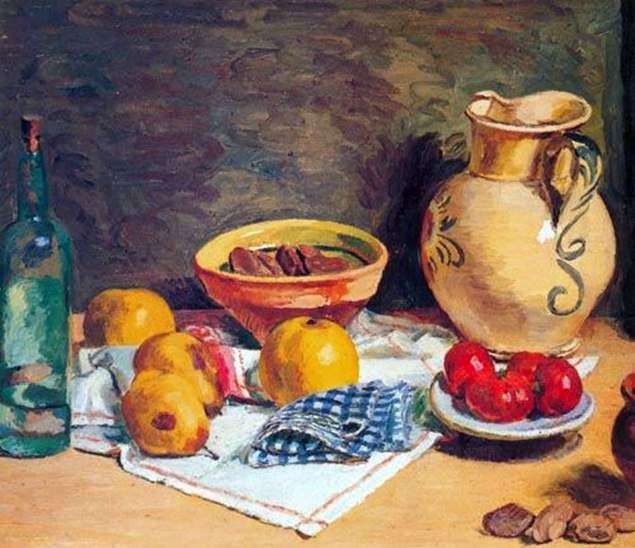 Still Life with a Jug by Vanessa Bell
Still Life with a Jug by Vanessa Bell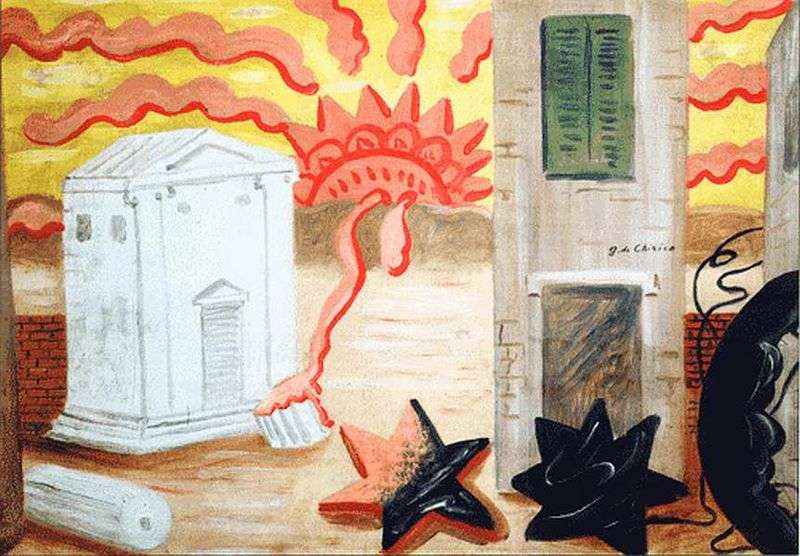 The Rising Sun by Giorgio de Chirico
The Rising Sun by Giorgio de Chirico